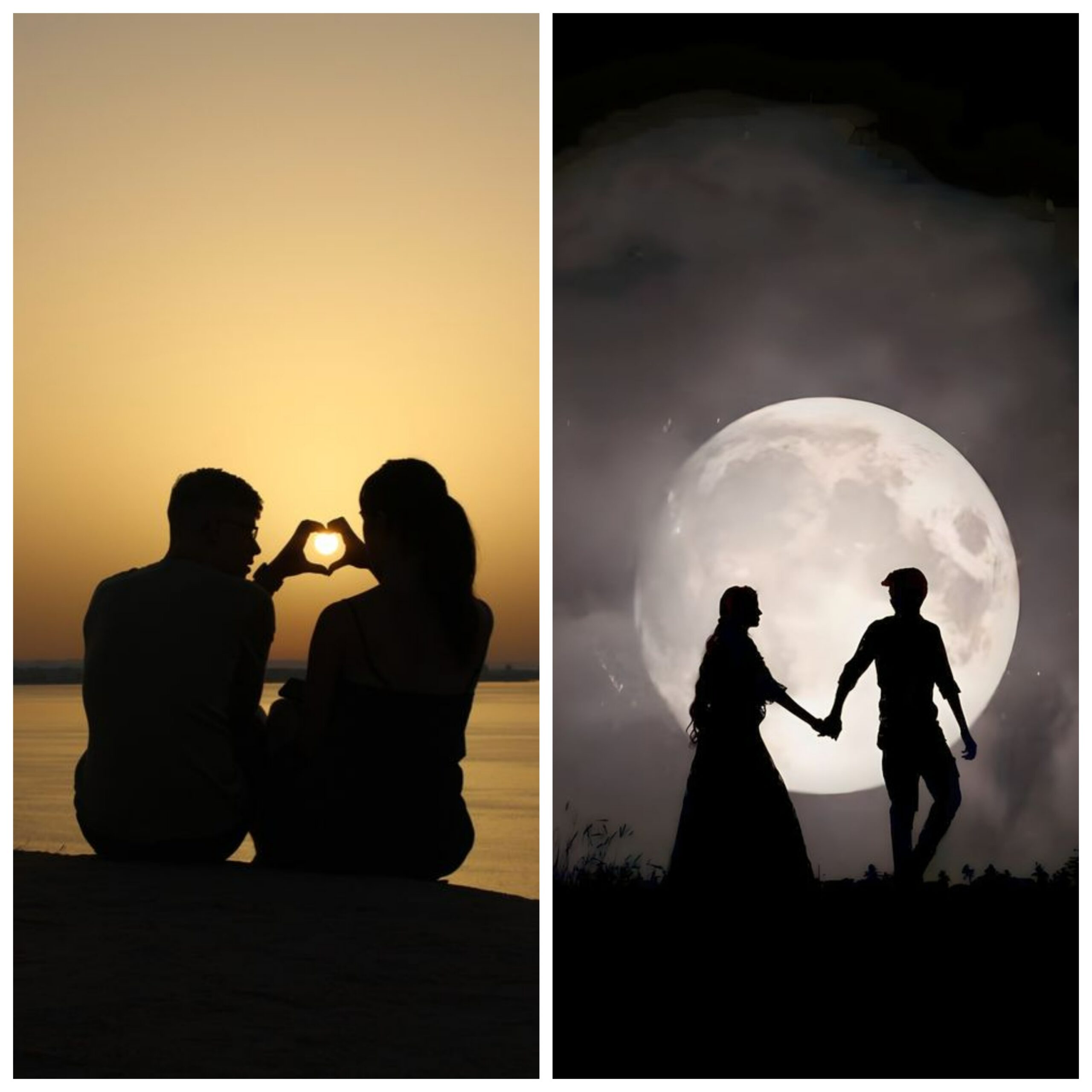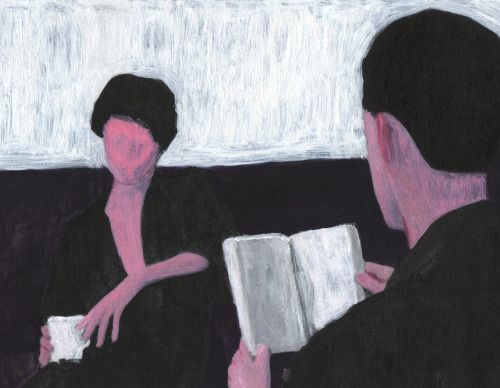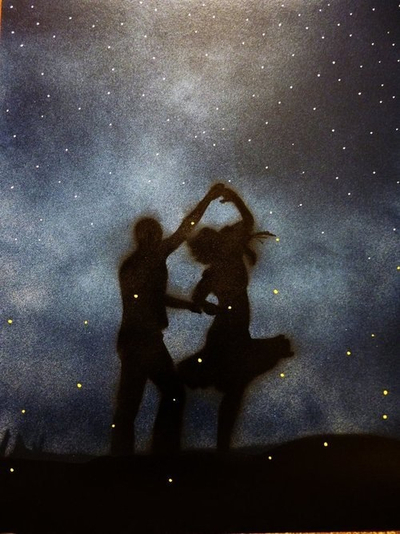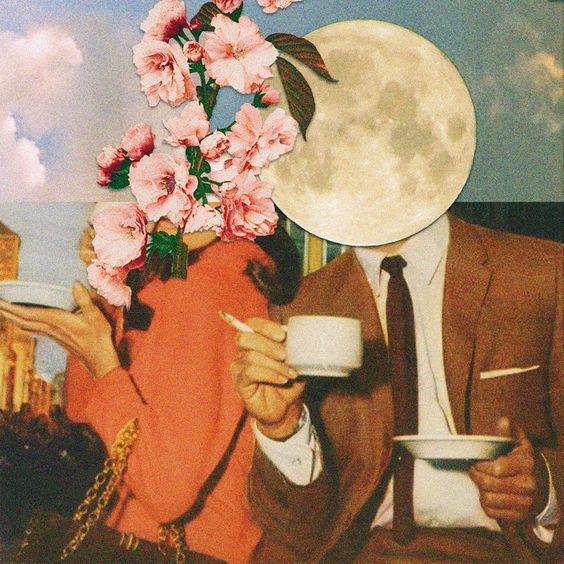 Sun-Moon synastry contacts in astrology have a profound impact on relationships and can greatly influence the dynamics between two individuals. This cosmic connection represents the blending of the core essence and emotional nature, creating a complementary partnership that enhances the overall connection and nurtures the growth of each individual involved. In a birth chart, the Sun represents one’s core self, ego, and creative expression. It embodies the essence of who a person is at their deepest level. On the other hand, the Moon symbolizes emotions, nurturing, and the instinctual responses that shape one’s emotional landscape. When these two celestial bodies form harmonious aspects, such as the sextile, trine, or conjunction, their energies blend effortlessly, fostering a natural understanding and support between the individuals.
Sun-Moon synastry contacts in astrology have a profound impact on relationships and can greatly influence the dynamics between two individuals. This cosmic connection represents the blending of the core essence and emotional nature, creating a complementary partnership that enhances the overall connection and nurtures the growth of each individual involved. In a birth chart, the Sun represents one’s core self, ego, and creative expression. It embodies the essence of who a person is at their deepest level. On the other hand, the Moon symbolizes emotions, nurturing, and the instinctual responses that shape one’s emotional landscape. When these two celestial bodies form harmonious aspects, such as the sextile, trine, or conjunction, their energies blend effortlessly, fostering a natural understanding and support between the individuals.
The Sun-Moon pairing is like a dance between fire and water. Fire, represented by the Sun, brings passion, creativity, and vitality to the relationship. Water, represented by the Moon, brings emotional depth, empathy, and sensitivity. Together, they create a warm and generous atmosphere, where emotions are cherished, and individual growth is nurtured. With easy aspects, such as the sextile and trine, the connection between the Sun and Moon is smooth and harmonious. They illuminate each other, providing mutual understanding and support. The Moon feels safe expressing vulnerability and emotions, knowing that the Sun will be there as a supportive and understanding partner.
The conjunction, where the Sun and Moon are in the same zodiac sign or very close to each other, creates an intense merging of their energies. This alignment intensifies the bond, making the individuals feel like they understand each other at a fundamental level. The Moon’s nurturing nature complements the Sun’s self-expression and purpose, allowing the relationship to flourish in a nurturing and caring environment. In this interaction, the Moon becomes a safe container for the Sun’s growth and evolution as an individual. The Sun, in turn, appreciates the emotional support and understanding provided by the Moon. The relationship becomes a space where both partners can be authentic, express their true selves, and continue to develop and evolve as individuals.
According to Lyn Birkbeck:
Whatever your sexes, ages or positions in life, this interaction gives a definite feeling of being connected in some way, if not in many ways. There is a feeling of familiarity, despite anything else that might or might not be happening between you both. It is as if one of you, the Sun, has the other one, the Moon, fixed in their beam, as if they are illuminating their inner emotional being. Depending on other factors, particularly sexual or status ones, this can make the Moon feel overwhelmed and greatly impressed, as somehow inferior or even at the Sun’s command. At another level – when there are plenty of strong interaction – you may feel like soul-mates.
The Sun-Moon conjunction is often referred to as the “Soul Mate” aspect in astrology, and for good reason. This powerful alignment creates a profound sense of emotional togetherness and understanding between two individuals. When the conscious goals and self-expression of the Sun person are in sync with the emotional, unconscious nature of the Moon person, it can feel like a meeting of souls, as if they have known each other deeply on a subconscious level. The Moon person in the partnership tends to be more reactive, emotionally attuned, and nurturing, while the Sun person takes on a proactive role, expressing their core essence and purpose in life. This natural dynamic allows the Moon person to support and nourish the Sun’s creativity, direction, and aspirations.
With the Sun and Moon conjunct, there is a sense of shared purpose and a similar approach to life. The two individuals may have experienced similar challenges and growth opportunities, leading to a deep sense of familiarity and ease with each other. The Sun person’s sense of purpose is enhanced and keenly felt in the presence of the Moon person, who acts as a supportive and understanding partner.
However, it’s important to remember that while the Sun-Moon conjunction can create a profound emotional bond and sense of unity, it is not the sole indicator of a successful and fulfilling relationship. As with any astrological aspect, the overall synastry between two birth charts plays a significant role in determining compatibility and the potential for a lasting connection. In the case of the Sun and Moon forming a sextile or trine aspect, the relationship remains harmonious and supportive, but with some distinctions. The Sun person takes on a guiding role, illuminating the path forward, while the Moon person continues to be supportive and encouraging, supporting the Sun’s aims, goals, and objectives.
Regardless of the aspect, the Sun-Moon connection is a powerful and meaningful aspect in synastry, representing the potential for a deep emotional bond and a sense of understanding that goes beyond words. It’s a partnership where the two individuals complement each other’s strengths and vulnerabilities, creating a dynamic and sympathetic relationship where personal growth and emotional expression can flourish.
When the Sun and Moon are opposed or square to each other in a synastry aspect, it creates a challenging dynamic between the two individuals. The opposition and square aspects are considered “hard aspects” in astrology, indicating potential areas of conflict and tension in the relationship. The Sun represents the core identity, ego, and conscious desires of the individual, while the Moon symbolizes emotions, instincts, and the need for security and comfort. When these two vital components of the personality are in opposition or square, there can be a clash between the Sun’s goals and the Moon’s security needs.
The solar individual may view the lunar individual as overly emotional, dependent, or sensitive, which might trigger frustration or a sense of being stifled. On the other hand, the lunar individual may feel that the Sun is too focused on personal ambitions and not attentive enough to emotional needs and comfort. At times, these individuals may find moments of harmony, but then they can quickly fall into disharmony due to their differing perspectives and approaches to life. The Moon’s past conditioning and emotional patterns may struggle to fully support and understand the self-expression and purpose of the Sun.
Handling the friction in such a relationship requires a genuine effort to understand and respect each other’s perspectives. The key is to honor the individuality and purpose of the Sun while also recognizing and addressing the Moon’s need for security and emotional fulfillment. The challenge lies in the fact that the Sun person might find it difficult to truly empathize with the Moon’s emotional needs, while the Moon person may struggle to grasp the Sun’s ambitious direction and sense of self. Communication and empathy become essential to navigate these differences and find a middle ground.
It’s important to recognize that having hard aspects between the Sun and Moon does not automatically mean the relationship is doomed. Many successful relationships can have challenging aspects, and these aspects may even lead to growth and learning opportunities for both individuals. Understanding that these differences in temperament may lead to clashes but do not necessarily imply a lack of support for each other is crucial. Each person’s unique traits and emotional needs can enrich the relationship once both partners learn to embrace and accept the diversity of their personalities. Ultimately, in any relationship, including those with hard Sun-Moon aspects, mutual respect, open communication, and a willingness to understand and support each other’s individual growth are vital for long-term harmony and happiness.
Carl Jung, the Swiss psychiatrist and founder of analytical psychology, had a deep interest in astrology and its potential influence on human behavior and relationships. He conducted research on astrology and its connections to psychology, which included studying the birth charts of five hundred married couples. In his research, Jung focused on specific aspects between the planets and points in the couples’ birth charts. The aspects studied were the conjunction and opposition between the Ascendant, Sun, Moon, Venus, and Mars. Among the various aspects examined, Jung found a significant proportion of couples with Sun conjunct Moon, Moon conjunct Moon, and Moon conjunct Ascendant.
The Sun conjunct Moon aspect is when the Sun and Moon are in close proximity to each other in the same zodiac sign, while the Moon conjunct Ascendant indicates that the Moon is close to the Ascendant point in the birth chart. The Moon conjunct Moon aspect refers to the Moon of one person being close to the Moon of their partner. Jung’s research findings, as reported in his monograph “Synchronicity – An Acausal Connecting Principle,” suggested that these specific aspects were more common in the birth charts of married couples than would be expected by chance alone. He believed that these aspects could indicate a certain level of compatibility and shared characteristics that might contribute to successful relationships.
However, it’s essential to note that Jung’s research on astrology is not without its criticisms and discrepancies. Some scholars and astrologers have pointed out that his sample size may not have been large enough to draw statistically significant conclusions. Additionally, the use of only the conjunction and opposition aspects may have limited the scope of the study, as other aspects between planets could also play a role in relationship dynamics.
 The traditional astrological perspective, as described in older textbooks, often reinforced gender roles and stereotypes. In such a view, the Moon was associated with femininity and domesticity, while the Sun was linked to masculinity and assertiveness. If the woman represented by the Moon was believed to embody nurturing and supportive qualities, making her an ideal wife. On the other hand, if the man was symbolized by the Moon, he was thought to exhibit more domestic and submissive traits, leading to the expectation that he would yield to his wife’s wishes. However, it’s important to acknowledge that these beliefs were shaped by societal norms and cultural expectations of the time. They do not accurately reflect the complexities of human relationships or the diversity of individual personalities and expressions.
The traditional astrological perspective, as described in older textbooks, often reinforced gender roles and stereotypes. In such a view, the Moon was associated with femininity and domesticity, while the Sun was linked to masculinity and assertiveness. If the woman represented by the Moon was believed to embody nurturing and supportive qualities, making her an ideal wife. On the other hand, if the man was symbolized by the Moon, he was thought to exhibit more domestic and submissive traits, leading to the expectation that he would yield to his wife’s wishes. However, it’s important to acknowledge that these beliefs were shaped by societal norms and cultural expectations of the time. They do not accurately reflect the complexities of human relationships or the diversity of individual personalities and expressions.
The Union of Opposites (Sun and Moon), often referred to in alchemical and psychological terms as “conjunctio,” recognizes the interplay and integration of polarities in the human experience. This concept goes beyond traditional gender roles and highlights the union of various dualities present within each individual and relationship. These dualities could include yin and yang energies, masculine and feminine qualities, or the blending of various personality traits. Embracing the inner marriage of opposites involves integrating and harmonizing various aspects of one’s personality, leading to a deeper understanding of the self and others. In relationships, this process allows for greater appreciation and acceptance of each other’s unique qualities and contributions. In modern times, couples are more likely to strive for partnerships built on mutual respect, open communication, and shared responsibilities. The focus is on supporting each other’s growth and well-being, rather than adhering to predefined gender roles.
Ultimately, a successful relationship is one where both partners can grow, evolve, and flourish as individuals while also nurturing the bond they share. It’s about co-creating a space where love, trust, and understanding thrive, allowing each person to be their most authentic self and feel genuinely cherished and valued in the union.















